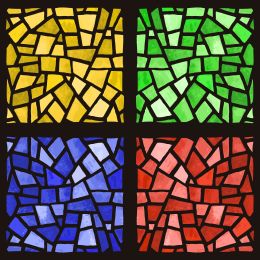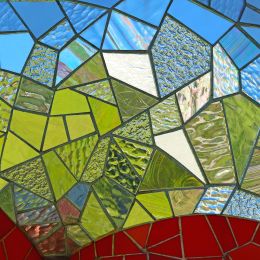Use Tiling To Prove Area Math Games
6 gamesIn this series of games, your students will learn to use tiling to show in a concrete case that the area of a rectangle with whole-number side lengths a and b + c is the sum of a × b and a × c. The Use Tiling To Prove Area learning objective — based on CCSS and state standards — delivers improved student engagement and academic performance in your classroom, as demonstrated by research. This learning objective directly references 3.MD.C.7.c as written in the common core national math standards.
Scroll down for a preview of this learning objective’s games and the concepts.
Concepts Covered
Rotate rectangular arrays physically and mentally to see that length and width are interchangeable. When rotating rectangular arrays, multiply to see that the area does not change when rotated. Commutative property of multiplication states that if a x b = c then b x a = c. Distributive property states a x (b + c) = a x b + a x c. Use rotation of rectangular arrays to show the commutative property. Use the distributive property to show that area can be found by multiplying length and width or adding two products. Use area models to show the distributive property.
A preview of each game in the learning objective is found below.
You can access all of the games on Legends of Learning for free, forever, with a teacher account. A free teacher account also allows you to create playlists of games and assignments for students and track class progress. Sign up for free today!






